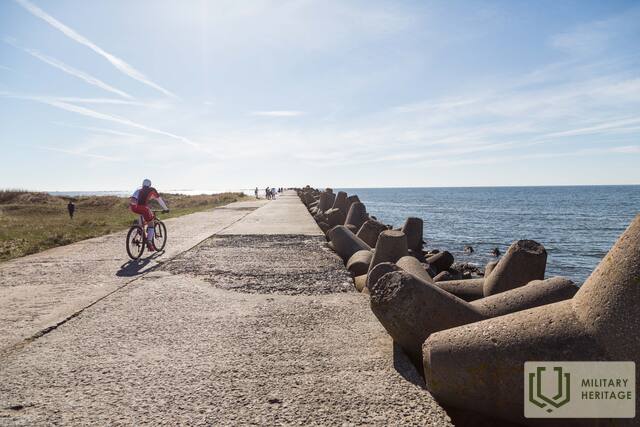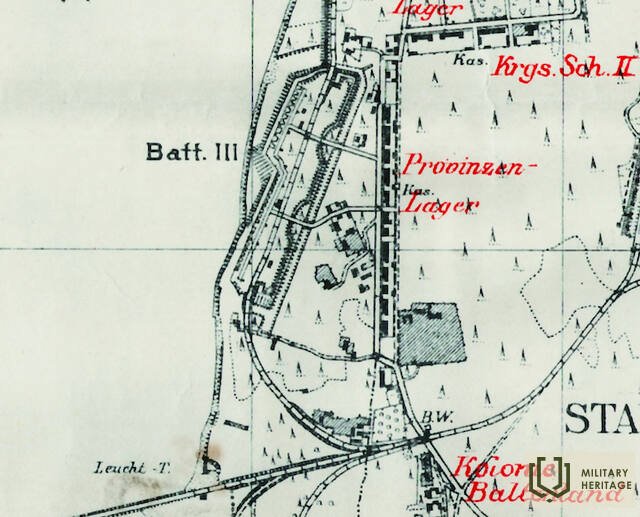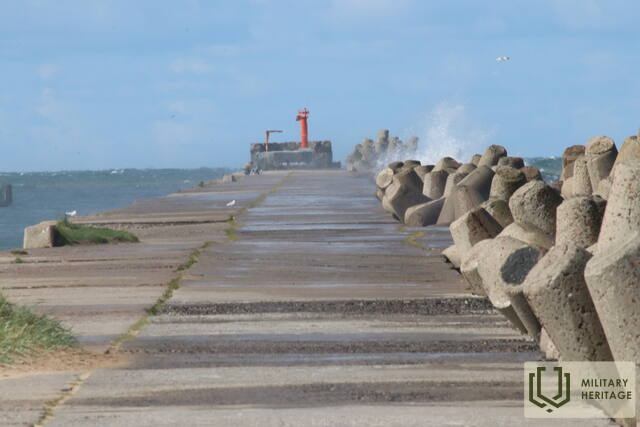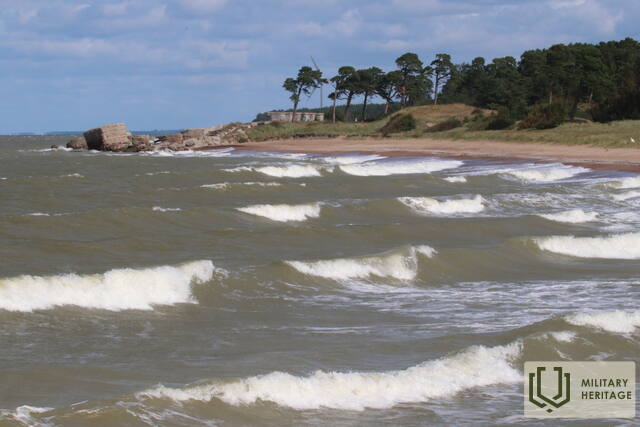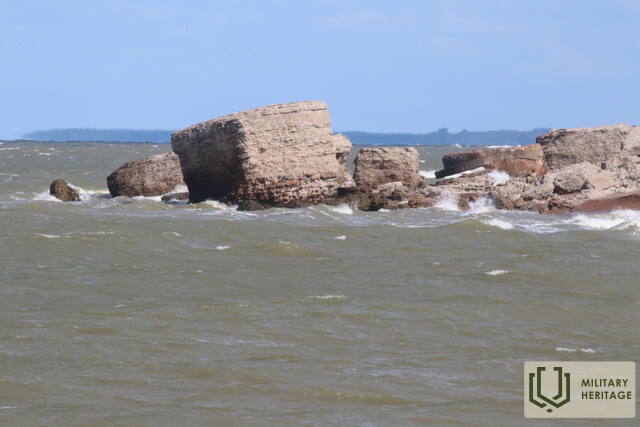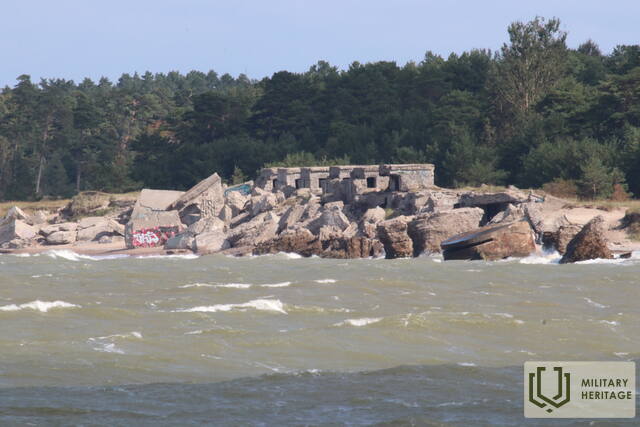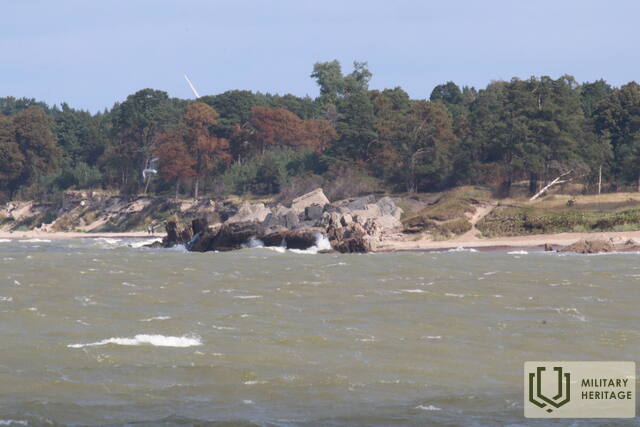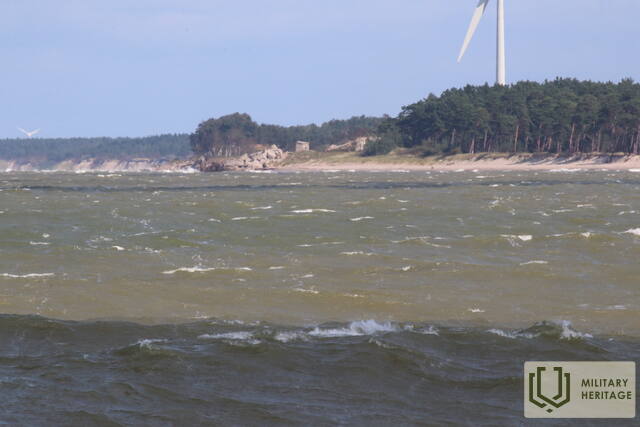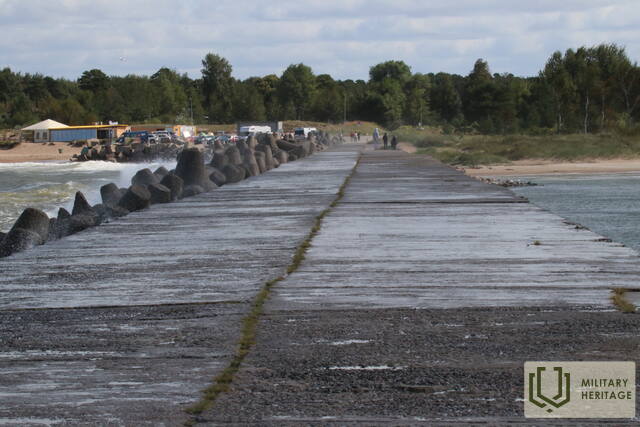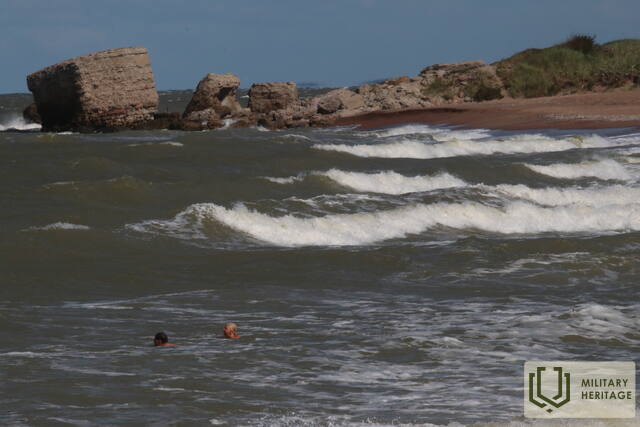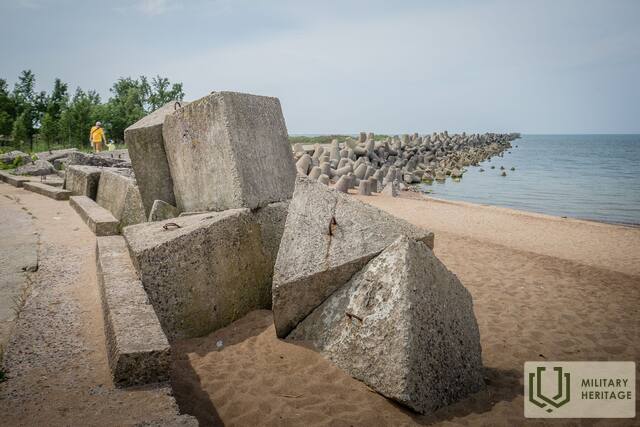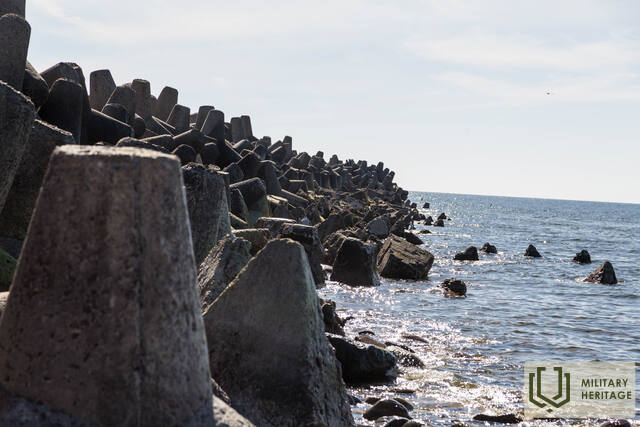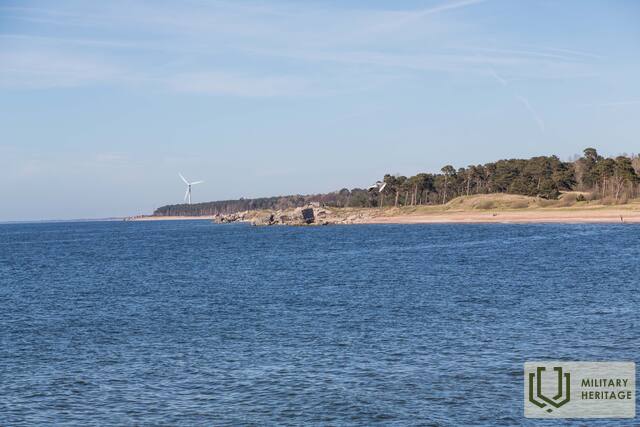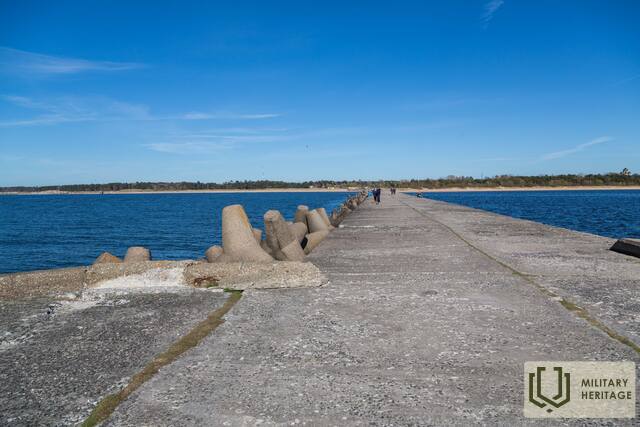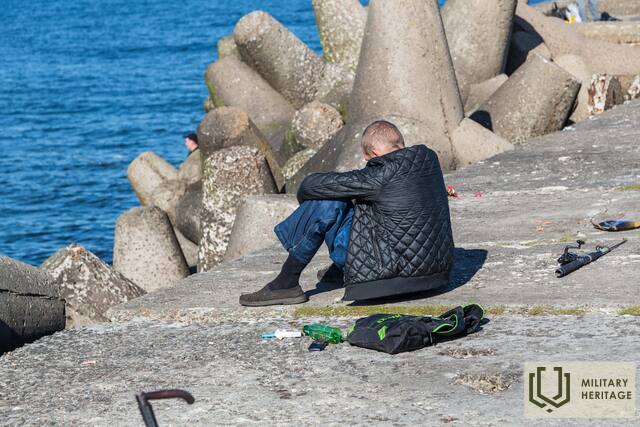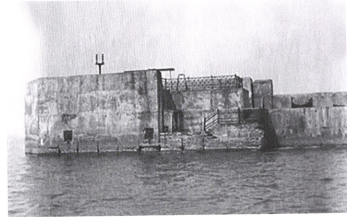Šiaurinis molas ir baterija Nr.3 Karostoje
Infrastruktūra

Ilgiausias Latvijoje – Šiaurinis molas – pastatytas XIX amžiaus pabaigoje kaip labai svarbi Liepojos jūrų tvirtovės ir karinio uosto dalis. Prieplaukos ilgis – 1800 metrų, plotis – 7,35 metro.
Šiaurinis molas yra vienas iš pirmųjų imperatoriaus Aleksandro III uosto statinių, pastatytų 1890–1892 metais prieš Karostos kanalo kasimą. Kartu su Šiaurės molu, Pietų molu ir Pietiniu molas sudarė Liepojos forpostą.
Liepojos tvirtovės baterija Nr. 3 buvo įrengta šalia Karostos šiaurinio molo ir buvo planuojama būti didžiausia pagal ginkluotę. Platformos buvo pastatytos keturiems 6 colių (152 mm) 1892 metų modelio Canet sistemos pabūklams, penkiems 1887 metų modelio 11 colių (280 mm) pabūklams ir dviem 57 mm Nordenfeld prieštankiniams pabūklams, taip pat 18 9 colių (229 mm) pabūklų.
Šiandien 3 bateriją labiausiai paveikia vyraujanti pietų-šiaurės jūros srovė, kuri sukuria sūkurinį efektą už Šiaurės molo, dėl kurio išplaunami pabūklo platformos pamatai.
Šiaurinis molas saugo Liepojos uosto teritoriją nuo šiaurės vakarų vėjų. Tai Liepojos gyventojų ir lankytojų mėgstama vieta stebėti saulėlydžius, žvejoti ir stebėti jūrą įvairiomis oro sąlygomis. Ypač įspūdinga per audras.
Prie Šiaurės molo yra daug automobilių stovėjimo aikštelės. Taip pat yra tualetai ir kavinė su unikaliu vaizdu į jūrą.
Panaudoti šaltiniai ir literatūra:
liepaja.travel
www.karostascietums.lv
Susijusi laiko juosta
Susijusios temos
Susijusi istorija
Sovietų aviacijos antskrydžiai Liepojos priemiestyje 1944 m. spalio ir gruodžio mėn
Pasibaigus Antrajam pasauliniam karui, vokiečių pajėgos Kurlande galėjo sėkmingai gintis septynis mėnesius, nes Vokietijos karinis jūrų laivynas išlaikė kovinį pajėgumą iki Antrojo pasaulinio karo pabaigos ir aprūpino Šiaurės armijos grupę, o vėliau Kurlando armijos grupę. Pagrindinis uostas buvo Liepoja, per kurį buvo pristatyta ir išgabenta 80% visų krovinių. Taip Liepoja tapo svarbiu sovietinio Baltijos laivyno ir tolimojo nuotolio aviacijos taikiniu.
Vokiečių armijos radiolokacinis postas Ulmalyje
Vokietijos ginkluotosios pajėgos keliose vietose dislokavo radiolokacines stotis, o tai leido daug anksčiau nustatyti priešo aviacijos veiklą Kuržemės srityje.
Vokiečių kariuomenės radiolokacinis postas Jūrkalnėje
Siekdamos apsaugoti Kuržemės pakrantę nuo galimo sovietų ar net Vakarų sąjungininkų puolimo, Vokietijos ginkluotosios pajėgos keliose vietose dislokavo radiolokacines stotis, kurios leido daug anksčiau nustatyti priešo oro veiklą. Vienas jų įrengtas ties Jūrkalne




